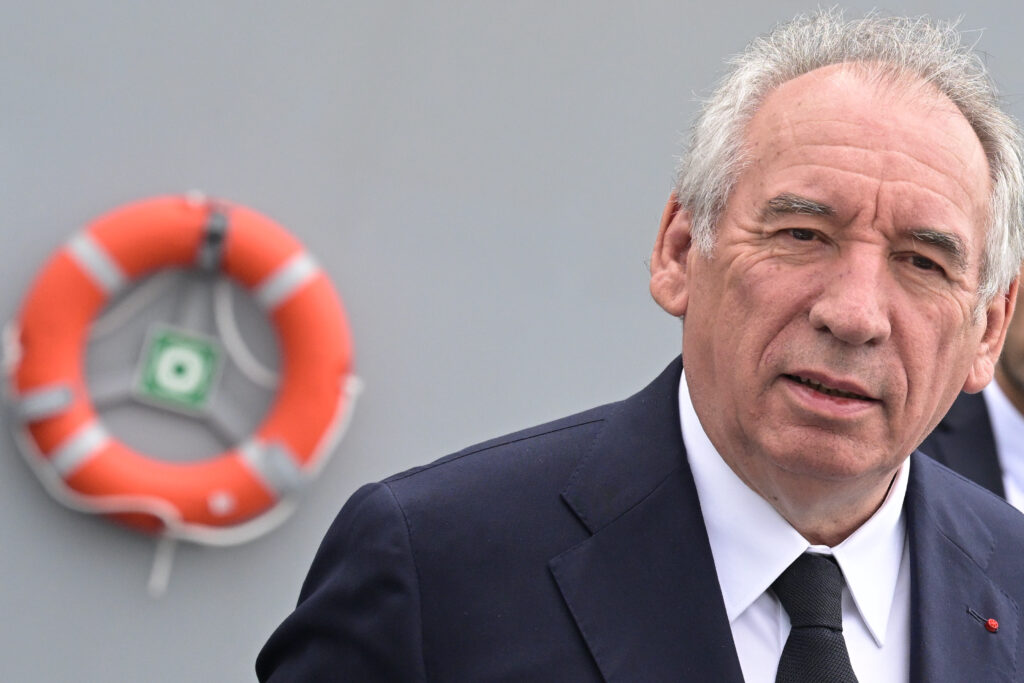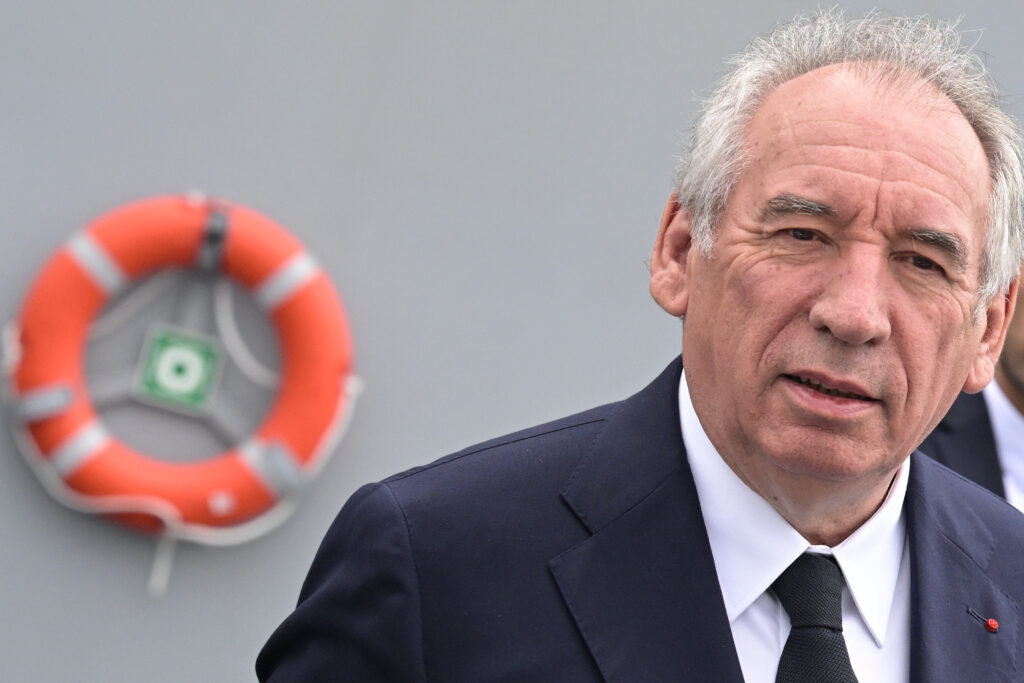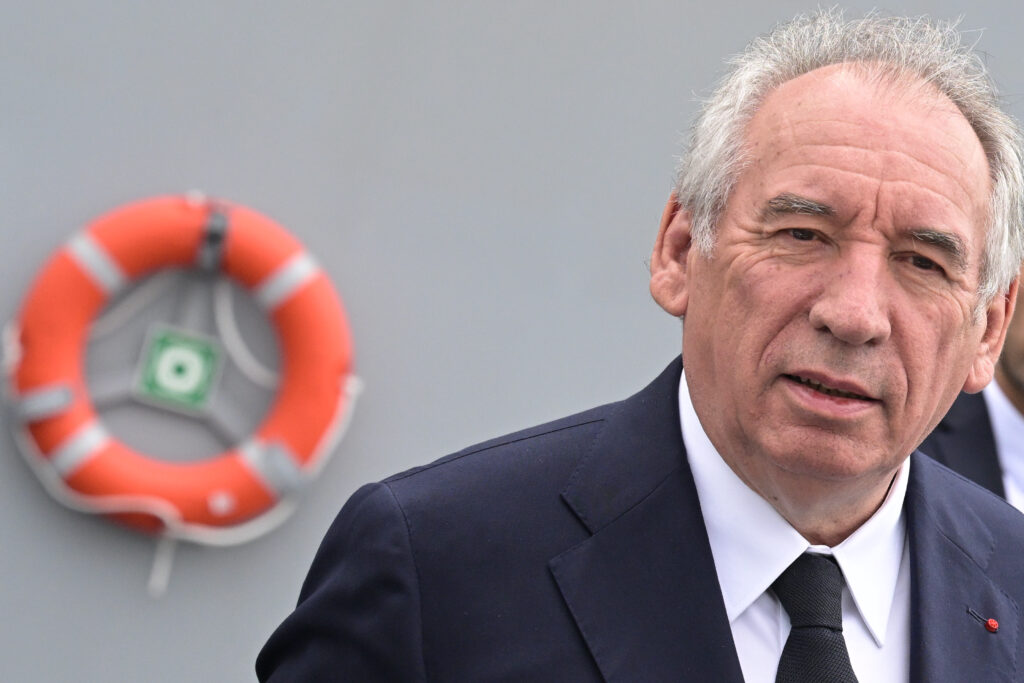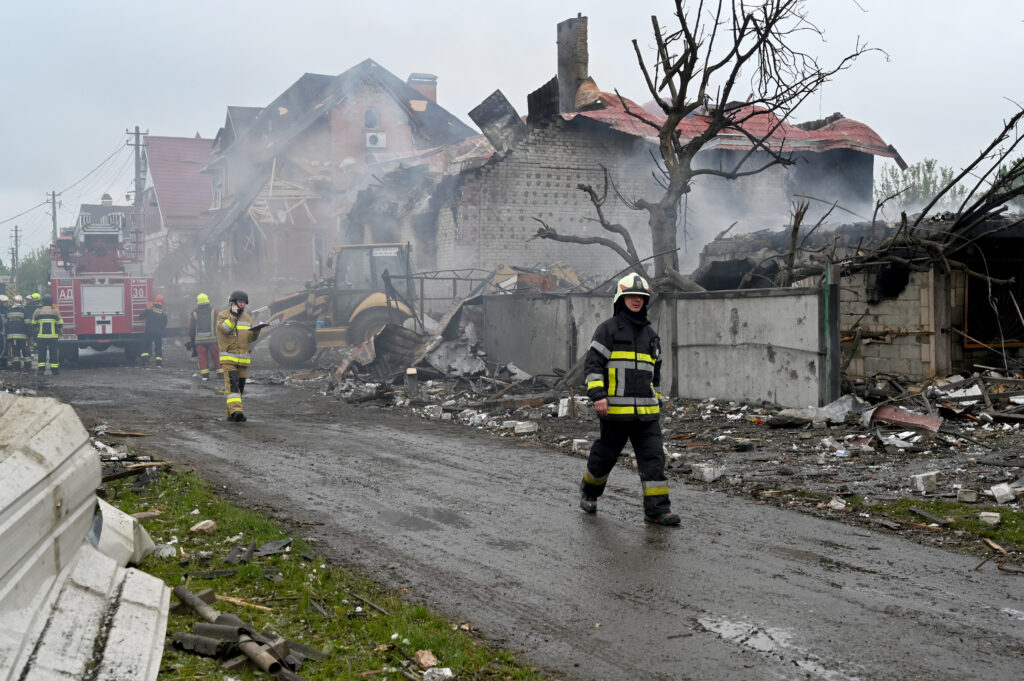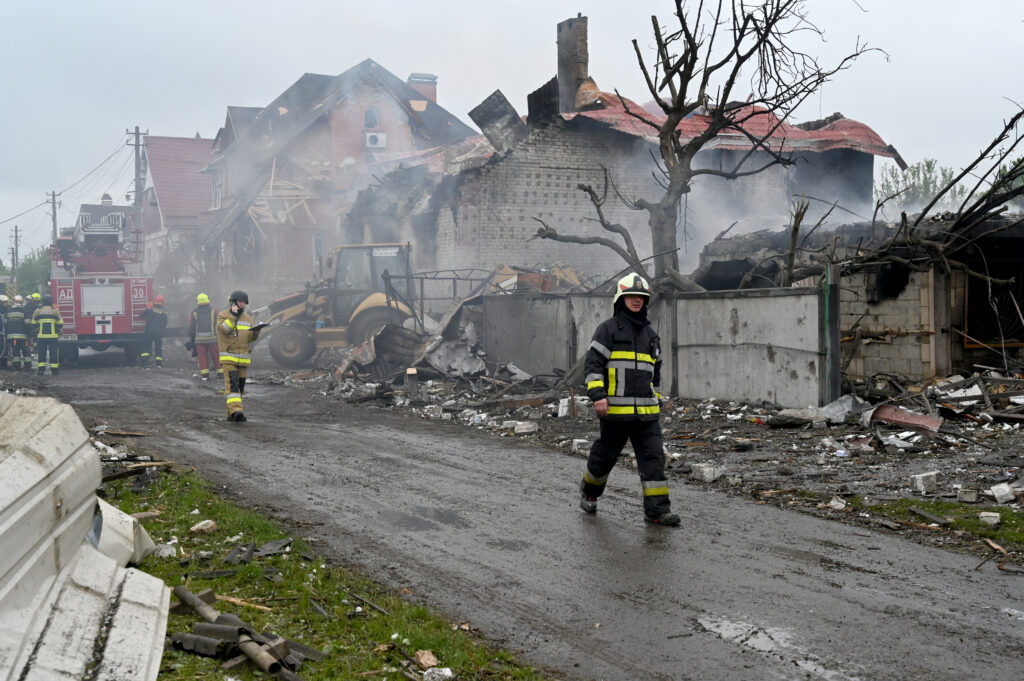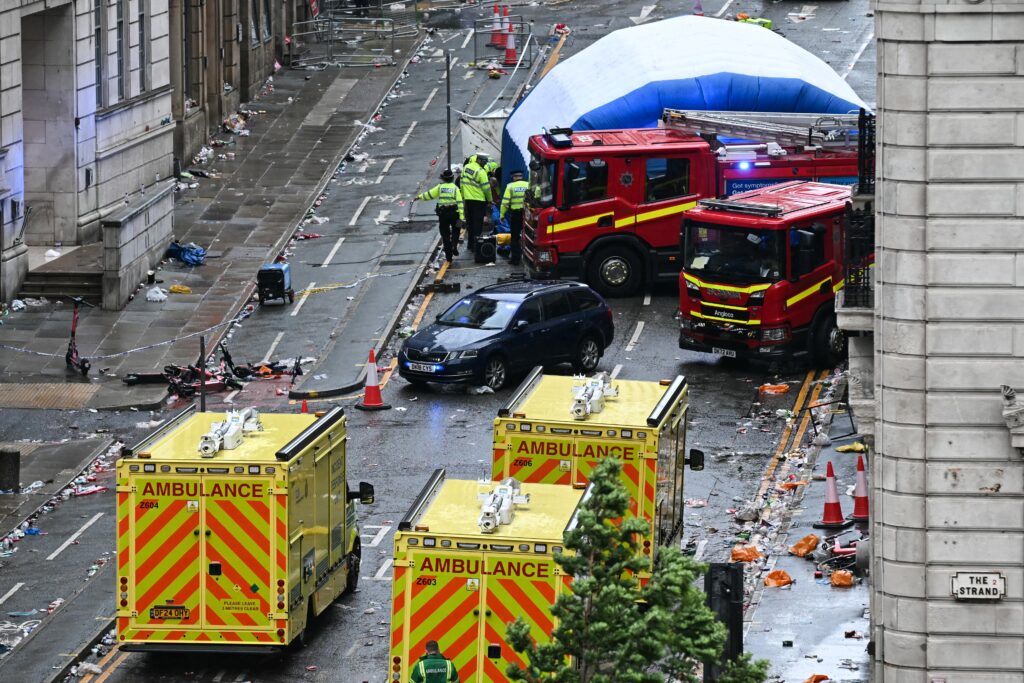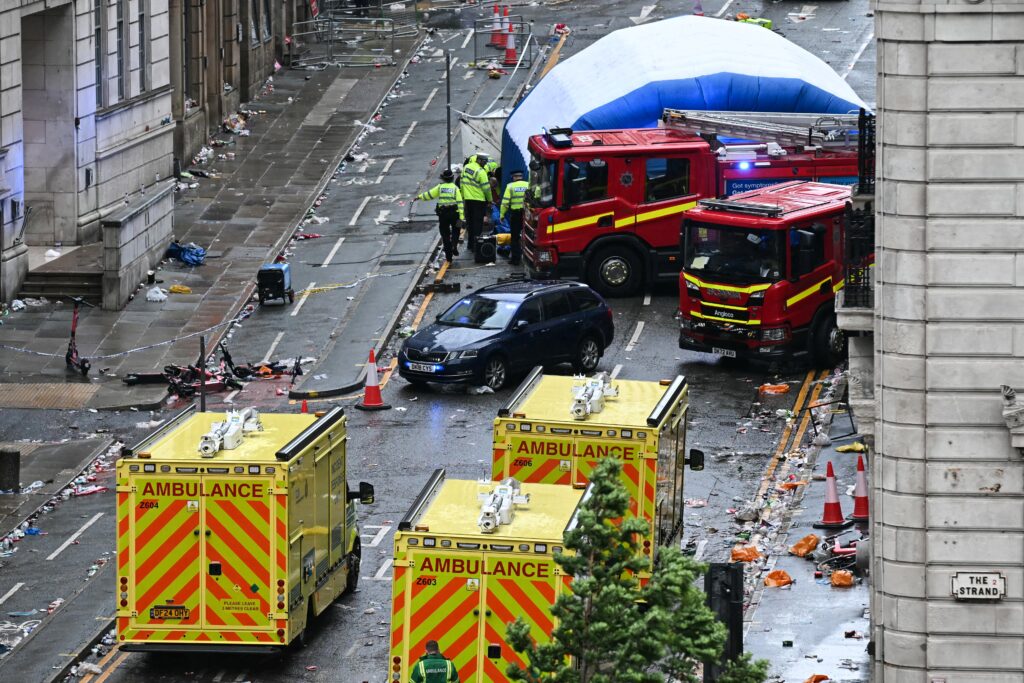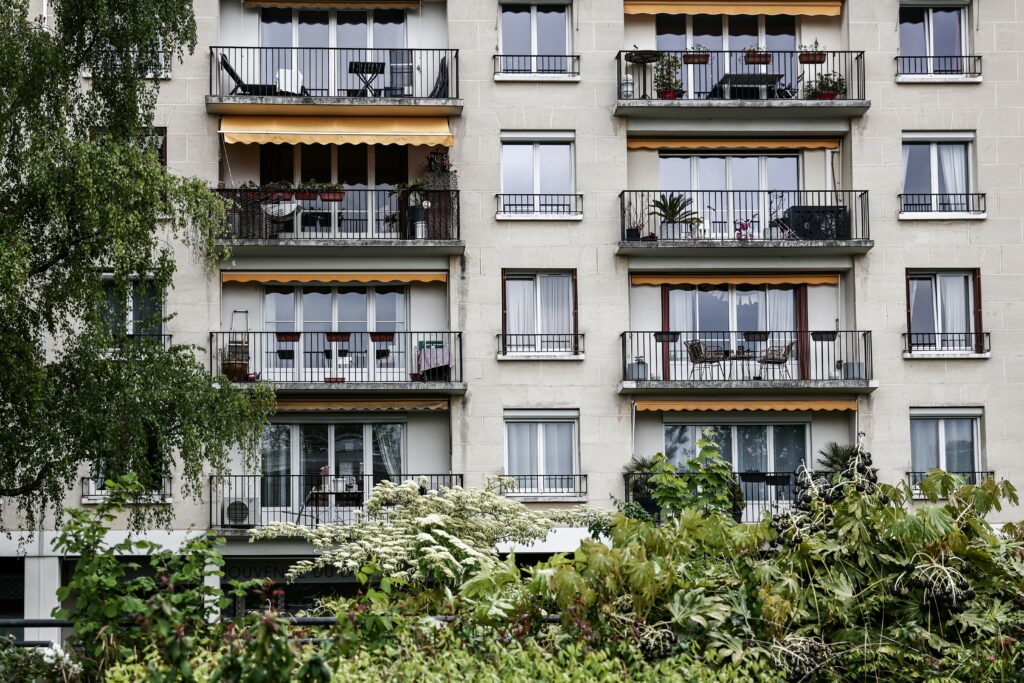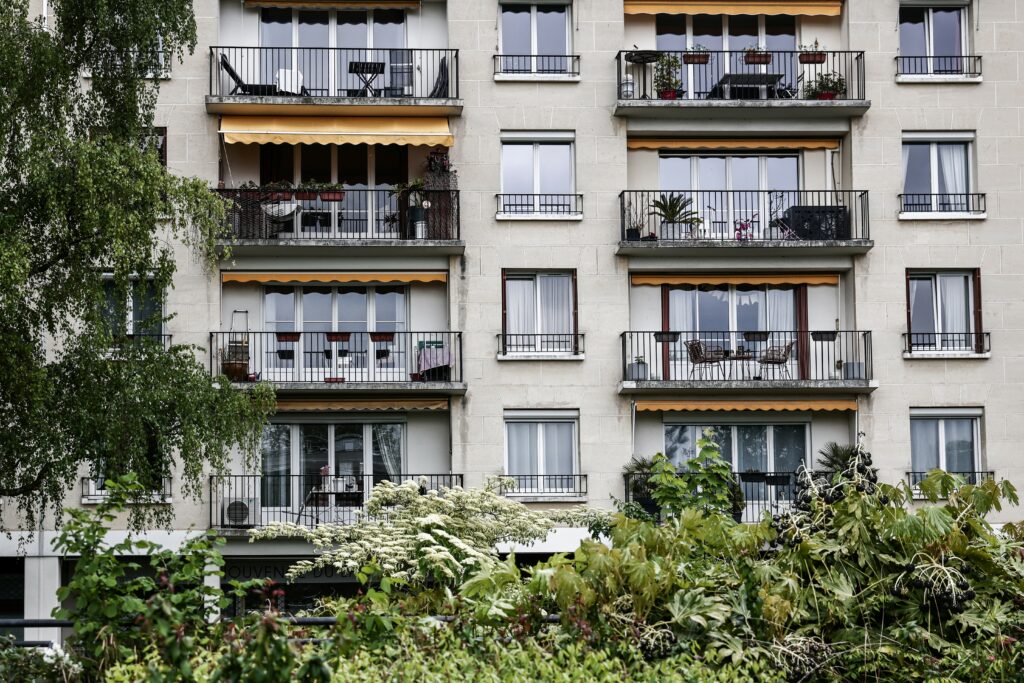Budget: Bayrou demande un “effort à tous les Français” et ouvre la porte à une TVA sociale
François Bayrou a demandé mardi un “effort à tous les Français” pour redresser les finances publiques en ouvrant la porte à une “TVA sociale” tout en restant évasif sur ses choix budgétaires pour trouver 40 milliards d’euros d’économies.”Au début du mois de juillet, je proposerai aux Français un plan de retour à l’équilibre des finances publiques sur trois ou quatre années”, a rappelé le Premier ministre, interrogé pendant plus d’une heure sur BFMTV et RMC. Ce plan “va demander un effort à tous les Français”.Alors que le gouvernement cherche 40 milliards d’économies dans le prochain budget pour réduire le déficit et la dette, il n’a pas donné de pistes sur les orientations à venir. Il a juste promis qu’il ne “ciblerait pas une catégorie de Français à l’exclusion des autres” et n’a pas fermé la porte à une TVA sociale. Il a souhaité à ce sujet que les partenaires sociaux “puissent s’emparer” de cette question, car “le travail en France n’est pas récompensé comme il devrait l’être”.”Le pays est en situation de surendettement et, plus grave à mes yeux encore, (…) la France est un pays qui ne produit pas autant que ses voisins”, a ajouté le Premier ministre.- “Injuste” -François Bayrou répondait à une demande d’Emmanuel Macron qui avait souhaité le 13 mai sur TF1 la tenue “dans les prochaines semaines” d’une conférence sociale réunissant patronat et syndicats “sur le mode de financement de notre modèle social” qui “repose beaucoup trop sur le travail”. “Il faut aller chercher aussi de l’argent en dehors du seul travail. Donc, il y a la consommation, il y a d’autres choses”, avait dit le chef de l’Etat.La “TVA sociale” votée en 2012 et abrogée immédiatement ensuite par l’ex-président socialiste François Hollande consiste à compenser des baisses de cotisations pesant sur le travail par une augmentation de la TVA, pour en affecter une fraction à la Sécurité sociale.La Cour des comptes a averti lundi d’un risque de “crise de liquidité” de la Sécurité sociale en 2027, qui l’empêcherait de payer les prestations qu’elle doit aux assurés, en raison du dérapage “hors de contrôle” de ses dépenses.A gauche, le coordinateur national de La France insoumise Manuel Bompard a jugé “injuste” et “totalement inacceptable” l’idée d’une TVA sociale qui mettrait “à contribution davantage les plus pauvres parce que la consommation est une partie plus importante de leurs dépenses”.Les Français payent “déjà assez de taxes”, a abondé le secrétaire national du Parti communiste Fabien Roussel, suggérant de “faire payer” les “milliardaires, les financiers, ces crapules (qui) ne servent à rien”.”François Bayrou a trahi la promesse de ne pas augmenter les impôts des Français”, a également dénoncé le député RN Thomas Ménagé. Même réticence côté syndical, la secrétaire générale de la CGT Sophie Binet jugeant que la TVA sociale était “le recyclage d’une vieille arnaque”.- “Surenchère” -Les efforts demandés par le Premier ministre ne manqueront pas d’alimenter la grogne, à commencer par celle des taxis, dont le gouvernement veut limiter les dépenses de transport sanitaire, qui contribuent à grever le budget de la Sécu. Celles-ci ont atteint 6,74 milliards d’euros en 2024, dont 3,07 milliards pour les taxis conventionnés, un bond de 45% depuis 2019.Alors qu’ils sont reçus à nouveau mardi au ministère des Transports, François Bayrou a assuré que la réforme les concernant s’appliquerait bien début octobre et générerait même “davantage d’économies que prévu”.Plusieurs centaines de taxis occupaient encore mardi matin le boulevard Raspail à Paris. Avec ses déclarations, le Premier ministre “essaie de nous casser le moral”, a lancé Jérôme Lassalle, de l’association Elite Taxis.A propos de son idée de référendum sur les finances publiques, accueillie avec circonspection par Emmanuel Macron, François Bayrou a dit qu’il y “croyait”, désireux d’une “prise de conscience des Français”.Le 13 mai, le chef de l’Etat avait répondu “pourquoi pas” à cette idée de référendum s’il porte sur un “plan” de réformes économiques et sociales, en précisant que “la fiscalité, le budget” relevaient de la compétence du Parlement.A ses ministres et autres responsables du camp présidentiel qui rivalisent de propositions contre l’islam radical, François Bayrou a affirmé qu’il refusait de faire de l’islam “un sujet de fixation” et de “surenchère” régalienne, ciblant en particulier le patron de Renaissance Gabriel Attal et sa proposition d’interdire le port du voile pour les moins de 15 ans.are-bpa-far-tsz/sde/ktr
